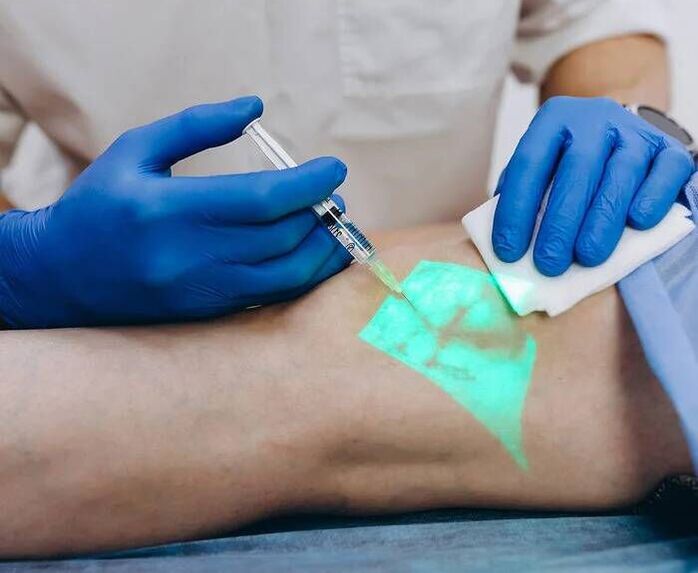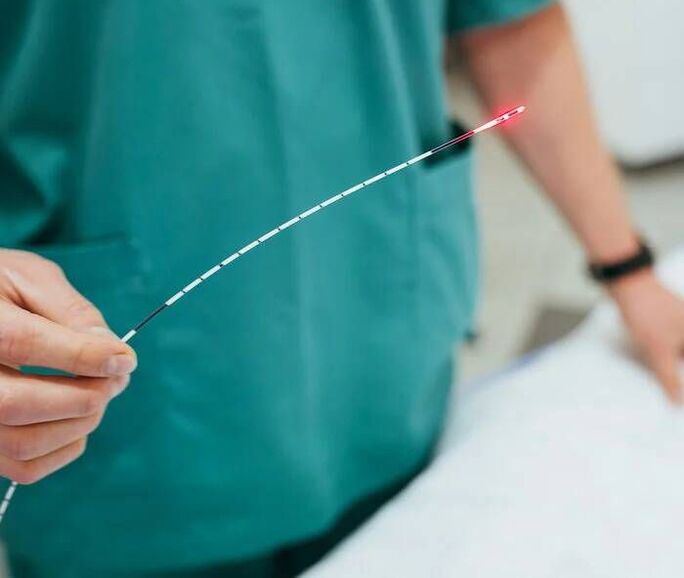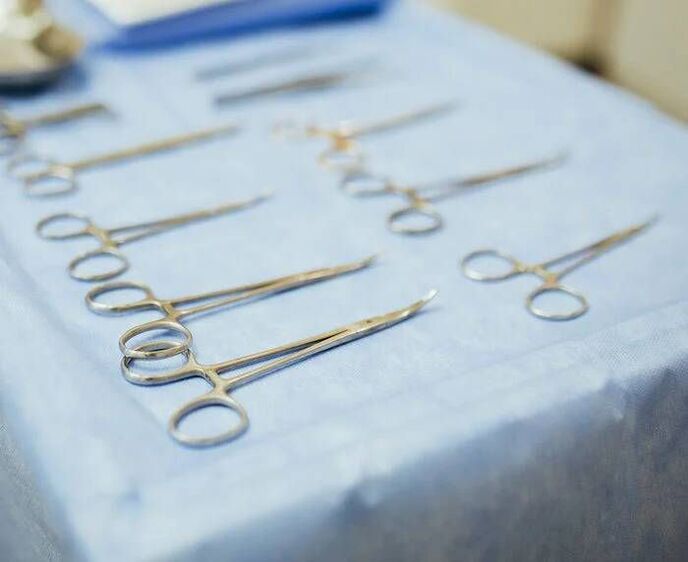Veins are blood vessels that help carry blood back to the heart. Increased pressure in the superficial veins can lead to the development of varicose veins.
Varicose veins can develop anywhere on your body, but the lower extremities are most commonly affected.
Many factors can increase your risk of developing varicose veins, including:
- hereditary
- excess weight
- elderly
- Pregnant
- jobs that require prolonged sitting or standing
Varicose veins can be treated non-invasively for a short period of time without changing your usual rhythm of life. The main goals of treatment are to relieve symptoms, prevent complications, and achieve good cosmetic results. Varicose veins enlarge, may deform and cause pain. They are usually raised and bulged above the skin and also have a red or blue color.
Varicose veins often develop through an underlying condition called chronic venous insufficiency. Varicose veins are common, especially in women.
prone to varicose veins
Varicose veins can occur in men or women of any age. More often:
- women who have had multiple pregnancies
- in postmenopausal women
- in men over 50
- Anyone of any age with varicose veins in the family
- For men and women in jobs that require prolonged sitting or standing, such as nurses, teachers, drivers, etc.
What causes varicose veins?
Varicose veins usually occur in the legs because the veins in the legs must overcome gravity to pump blood to the heart.
Less common causes of varicose veins are phlebitis (inflammation of the veins) and congenital venous anomalies. Varicose veins are often caused by a condition called venous insufficiency.
- venous valve. The veins in the legs have valves that prevent the backflow of blood. When the function of these valves is disturbed, blood in the veins starts to build up and cannot be fully delivered to the heart.
- Enlarged veins. The veins enlarge and the pressure increases leading to the development of varicose veins.
- Weak vein walls. In addition, weak vein walls (due to past trauma or blood clots) can also lead to valve damage and the formation of varicose veins.
What are the symptoms of varicose veins?
Many cases of varicose veins are asymptomatic, but visual signs of venous involvement include:
- large, tortuous, and bulging veins
- swollen ankle, foot pain
- feeling heavy in the legs, especially at night
- Telangiectasia in the same area as varicose veins (spider veins)
- Lipid sclerosis (hard fat deposits under the skin)
- Skin tone turns blue or brown on the calves and ankles
- Dry, itchy, and red skin in the affected area of varicose eczema (congestive dermatitis)
- leg cramps
- restless legs syndrome
How to treat varicose veins?
There are various treatments for varicose veins. The best treatment will depend on the structure of your venous system:
- The location and size of the affected veins
- with or without symptoms
- Presence of associated skin changes (eg, dermatitis, edema, ulcers, etc. )
Treating varicose veins without surgery is a top priority. Treatments that may be effective for varicose veins include:
- Sclerotherapy. Introducing special medicines into veins that cause the walls of blood vessels to stick together
- Laser ablation Destruction of abnormal veins using radiofrequency, laser, or other techniques
- Veneectomy. Painless surgical treatment of varicose veins



Is it safe to treat varicose veins?
On the Internet, you can often see search queries like "medication for varicose veins, ointment for varicose veins, varicose veins at home or folk remedies for varicose veins". This approach lacks a valid evidence base, and self-treatment only delays high-quality treatment and exacerbates venous conditions.
Treating varicose veins with a laser is safe and convenient. The advent of minimally invasive therapies in the early 2000s brought a very favorable prognosis with minimal risk for most treatments.
It is important to contact a professional phlebologist so that he can choose an individual treatment plan for the specific course of your disease.
How are varicose veins diagnosed?
- Physical examination. A phlebologist will perform a physical examination and take a complete medical history based on your symptoms and the condition of your venous system.
- Ultrasonography. To detect venous insufficiency, your doctor will prescribe an ultrasound scan. A venous ultrasound can provide a comprehensive assessment of your venous system. Your doctor will check for blood clots by looking at the location of the varicose veins.


What happens if varicose veins are not treated?
If you don't feel any symptoms, you can manage the condition of your veins without treatment. However, in some cases, varicose veins can lead to the development of blood clots or venous ulcers (wounds that do not heal). Sometimes varicose veins can rupture and cause severe bleeding. If you develop varicose veins, consultation and examination by a phlebologist is recommended.


















